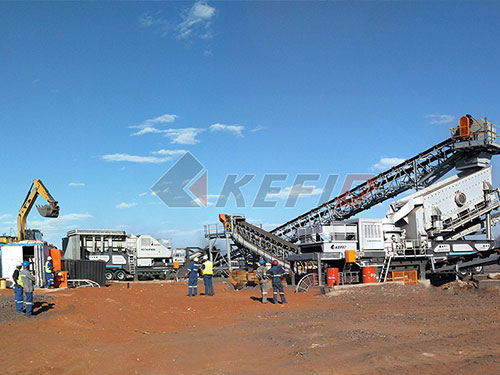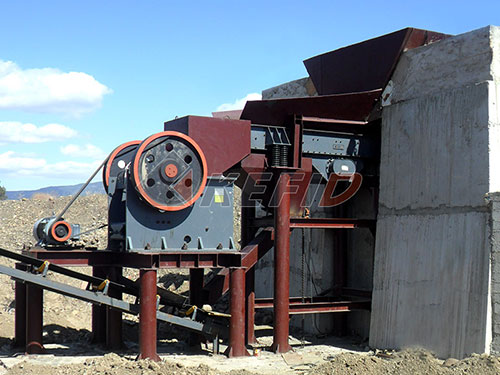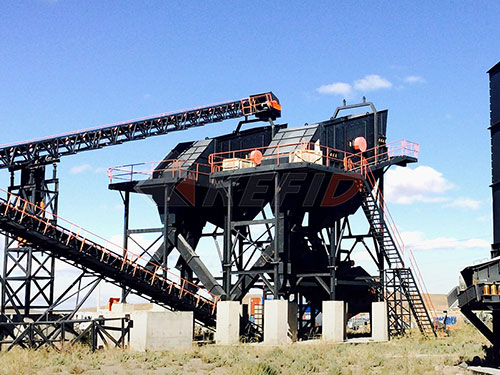Beyond Waste: The Sea Shell Crushing Machine – Engineering Sustainability from the Shoreline
The world’s coastlines are treasure troves of biodiversity and natural beauty, yet they also bear witness to a significant byproduct of human activity: vast accumulations of discarded sea shells. From bustling seafood markets and processing plants lining harbors to restaurants serving culinary delights globally, millions of tons of mollusk shells – oysters, clams, mussels, scallops – are generated annually. Historically viewed as mere waste destined for landfills or ocean dumping (with detrimental ecological consequences), this calcium carbonate-rich material represents a colossal untapped resource. Enter the Sea Shell Crushing Machine: a sophisticated piece of engineering transforming an environmental challenge into a cornerstone of sustainable industry and ecological restoration.
The Scale of the Shell Problem
Before delving into the solution, understanding the magnitude is crucial. Global aquaculture production exceeds 120 million metric tons annually; shellfish constitute a significant portion. Conservatively estimated, shell waste accounts for 60-80% of the live weight of mollusks harvested. This translates to tens of millions of tons generated worldwide each year.
Traditional disposal methods are problematic:
1. Landfilling: Consumes valuable space; shells decompose extremely slowly due to their mineral composition (primarily calcium carbonate), creating long-term burdens without benefit.

2. Ocean Dumping: Alters seabed pH and sediment composition, smothers benthic habitats critical for marine life like crabs and juvenile fish.
3. Stockpiling: Creates unsightly mounds near processing facilities prone to leaching minerals into groundwater over time.

4. Incineration: Energy-intensive and releases CO2 locked within the calcium carbonate structure.
This linear “take-make-dispose” model is increasingly untenable in an era demanding circular economies and resource efficiency.
The Crushing Imperative: Why Size Matters
Raw shells are bulky, irregularly shaped, sharp-edged fragments unsuitable for most secondary uses beyond simple decoration or low-grade soil amendment in small quantities. To unlock their potential value across diverse industries requires significant size reduction – crushing them into consistent grades ranging from coarse grits down to fine powders.
This is where specialized Sea Shell Crushing Machines become indispensable gateways to valorization:
1. Increased Surface Area: Crushing exposes vastly more surface area per unit volume compared to whole shells or large fragments.
2. Homogenization: Creates uniform particle sizes essential for predictable performance in industrial processes like chemical reactions or composite material manufacturing.
3. Enhanced React

Leave a Reply